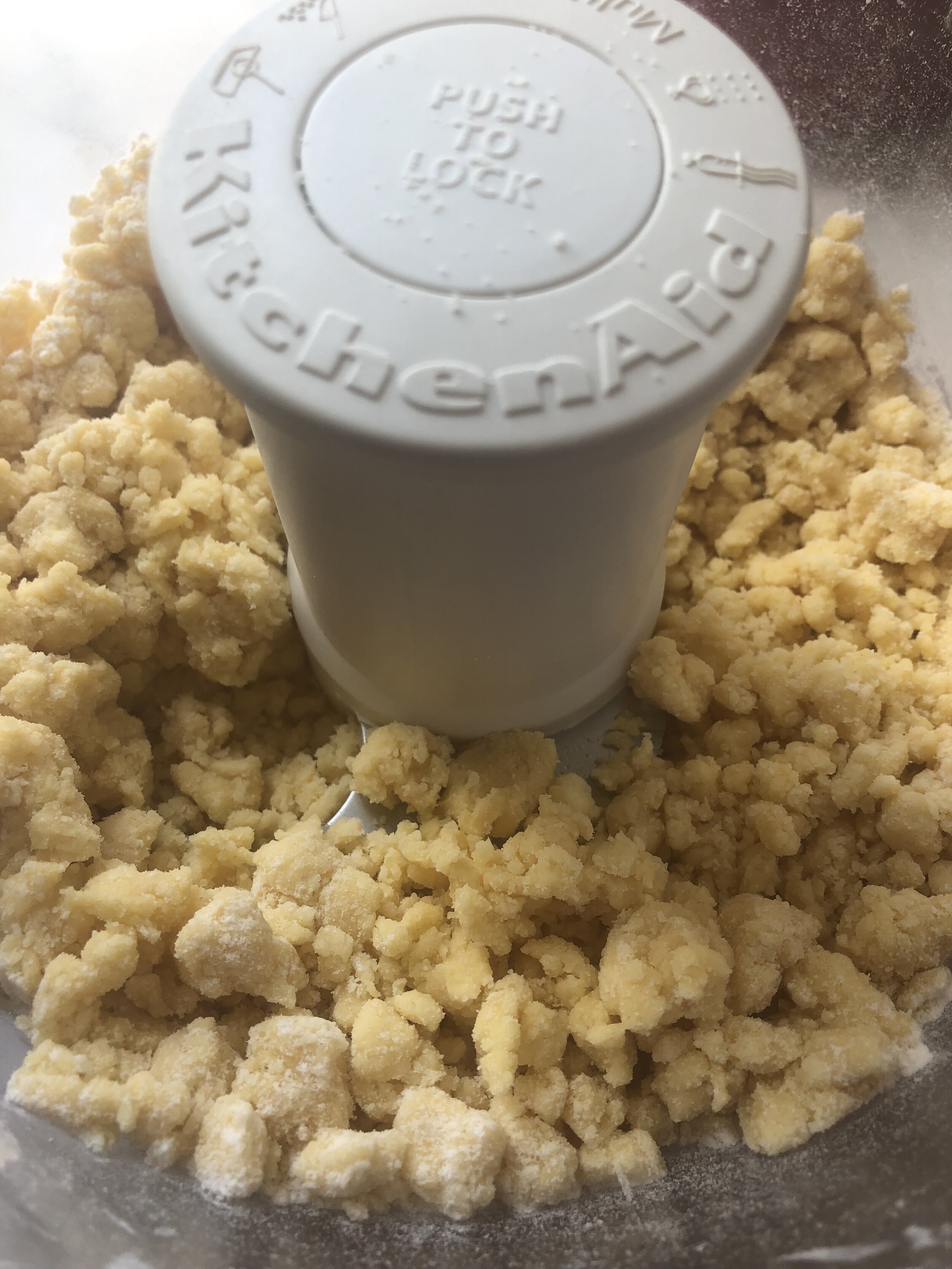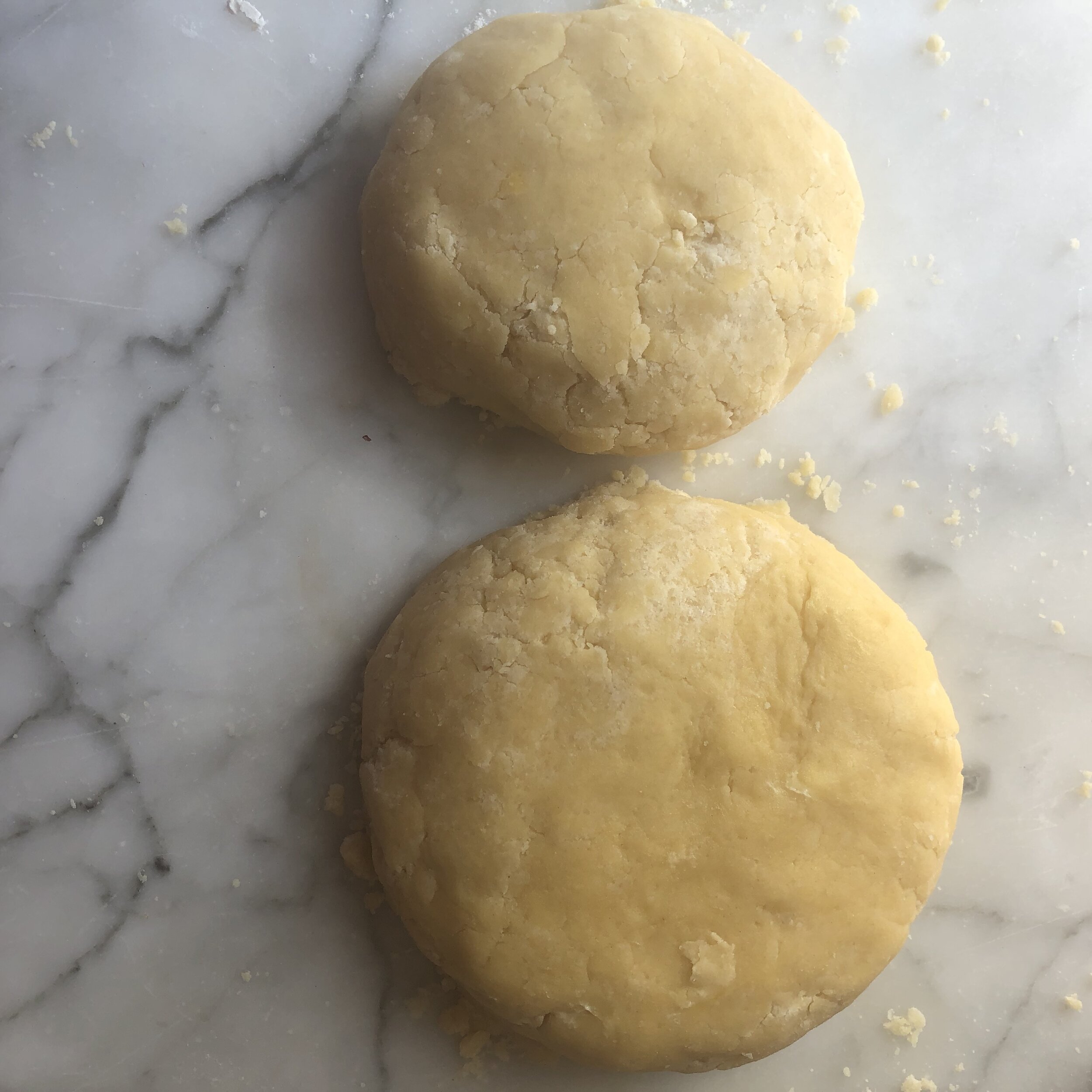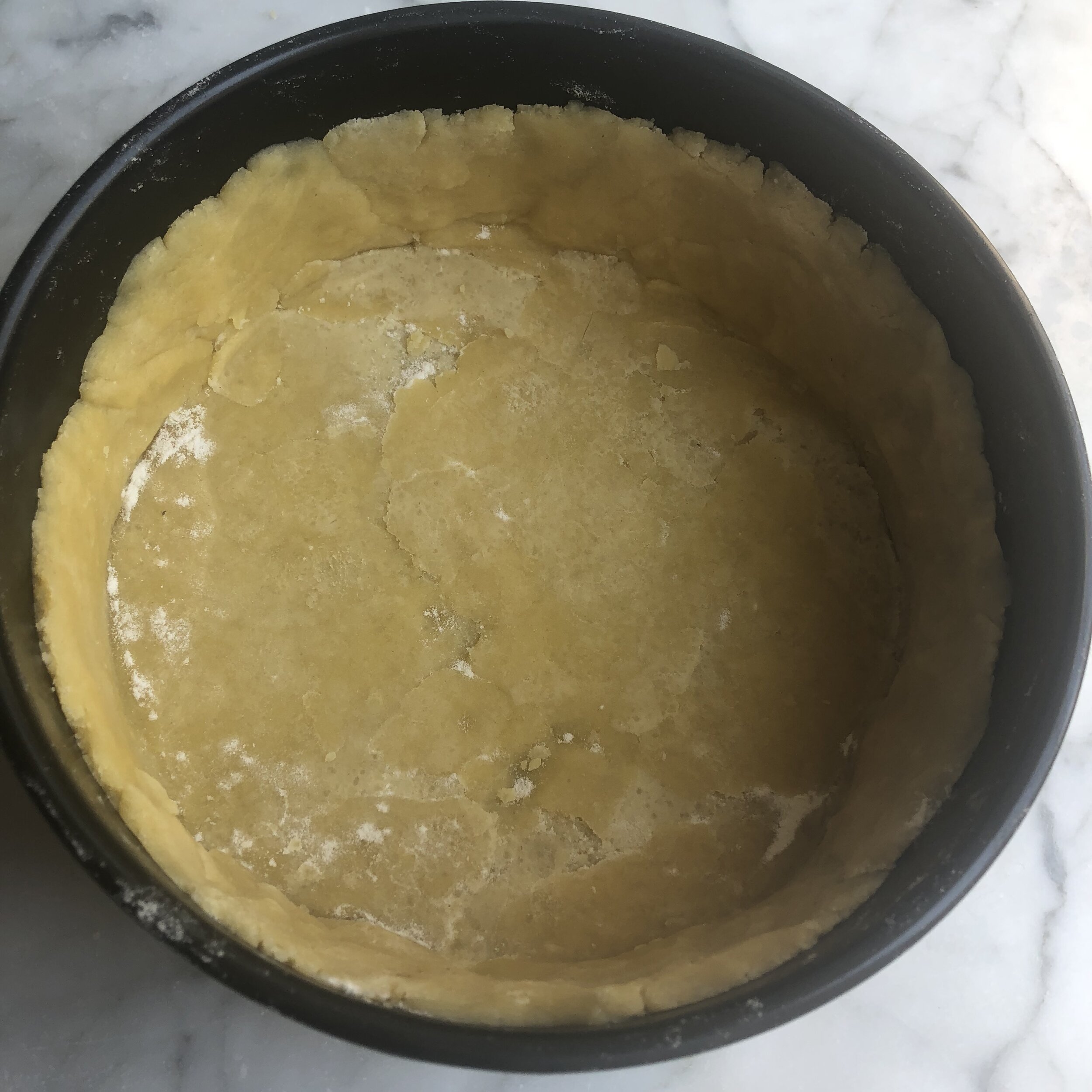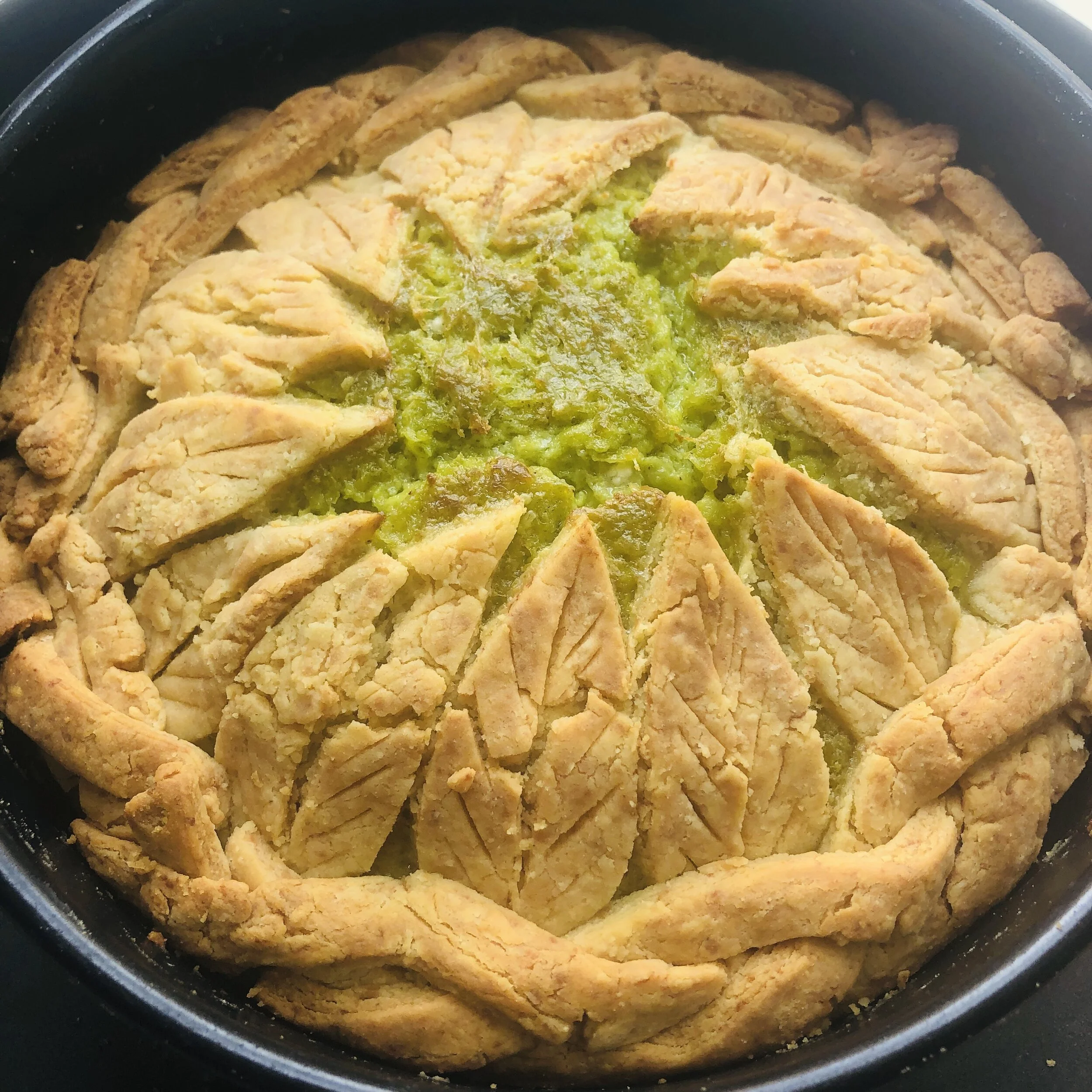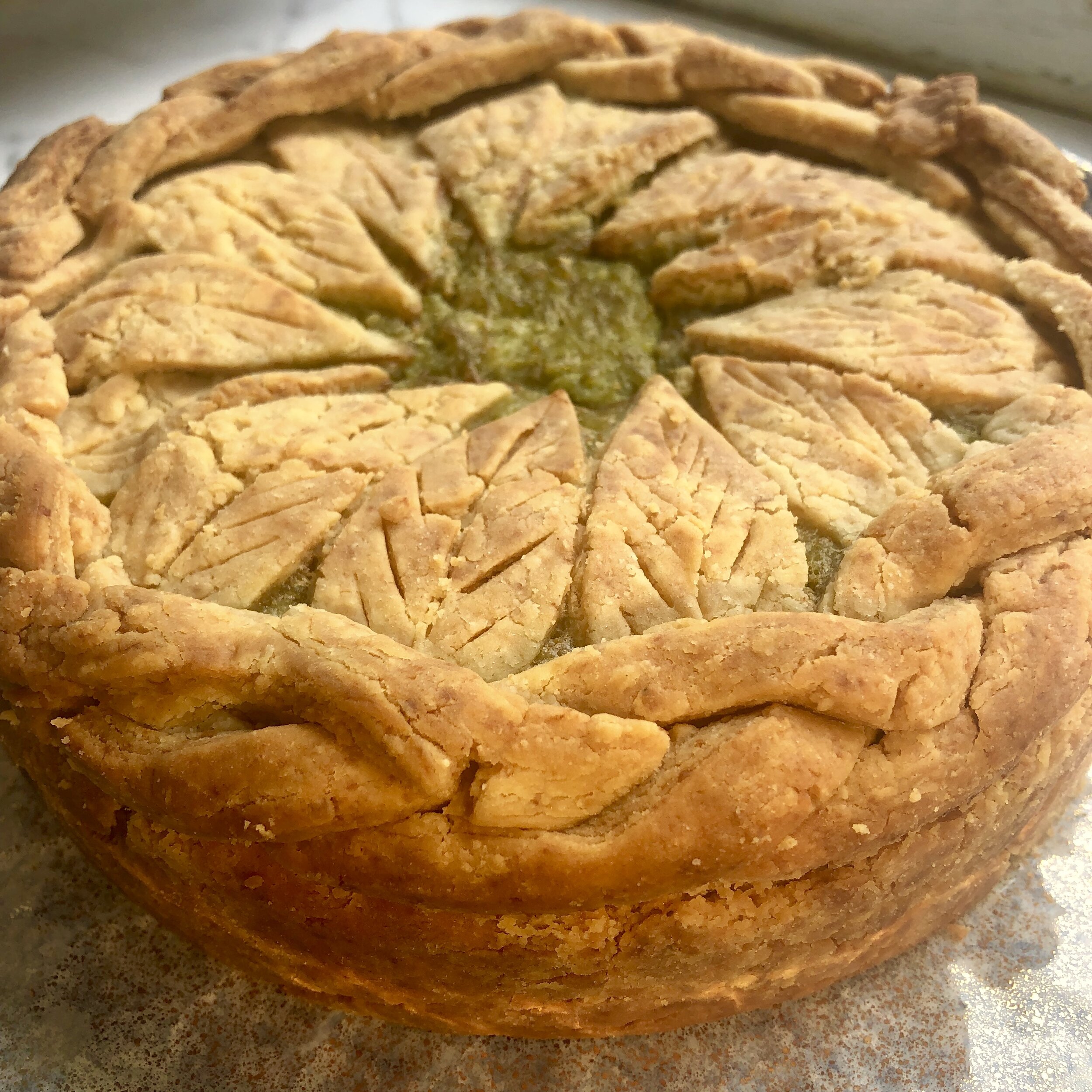"Whoso chyrneth mylck maketh butter; he that rubbeth his nose maketh it blede; and he that causeth wrath bryngeth forth strife."
Although this quote may have the disturbing ring of SAT questions, the religiously inclined will recognise it as Proverbs 30:33, and Anglicans worth their salt will know it from the 1535 Coverdale Bible, the first complete modern English translation of the Old and New Testament.
You may be wondering what butter, nose bleeds, and strife have in common, the former being desirable and the latter two considerably less so. Actually, the binding factor here gets lost in translation: the original Hebrew for ‘churn,’ ‘rub,’ and ‘cause wrath’ are all the same word, creating a sing-song effect. But if the moral of the proverb is “Don’t Rock the Boat” (see Hues Corporation), then option A is an anomaly. Or… is it?
A closer look reveals that butter may not be the odd one out. Around the same time that Coverdale was busy translating, butter had become a symbol of strife. As an animal product, the Roman Catholic church had banned it during fasting days - a difficult prospect for northern Europeans whose culinary practices relied significantly on butter as a cooking fat.
Interesting too how the mortification of the flesh helped beef up olive oil exports. Unfortunately, the product that trickled into northern households was not only more costly for them than butter, but decidedly second rate. Martin Luther, for one, was very put out. "In Rome, they make a mockery fasting, while forcing us to eat an oil they themselves would not use to grease their shoes."
Aside: My first thought about Luther and fat skips immediately to his famously regrettable observation about about women and bountiful bottoms:
“Men have broad and large chests, and small narrow hips, and more understanding than women, who have but small and narrow breasts, and broad hips, to the end they should remain at home, sit still, keep house, and bear and bring up children.”
Katharina von Bora
This was before he met his better half, powerhouse Katharina von Bora (1499-1552), after which he changed his tune: without women, “homes, cities, economic life, and government would virtually disappear. Men cannot do without women. Even if it were to be possible for men to beget children, they still could not do without women.”
But let us get back to butter. The last straw was, of course, the fact that one could pay indulgences to consume butter with impunity. If you paid the price, you could have your sin and eat it too. Punishment for unauthorized sinners was severe. Again Luther: “Eating butter, they say, is a greater sin than to lie, blaspheme, or indulge in impurity." Luther milked the butter issue to great effect, fomenting the wrath that helped fuel the Protestant Reformation - a disruption that decidedly rocked the boat.
The clamoring for waivers, dispensations, and reprieves melted the Church’s resolve. The prohibition whimpered to a close without a formal declaration, but butter’s former status as a forbidden food left it laden with an aura of decadence that would continue forevermore.
Bartolomeo Stefani - The Art of Good Cooking or Pass the Butter
Before the invention of the centrifuge method of separating fat from the liquid components of milk, the difficulty of manufacturing and storing butter in warmer climates, such as Italy’s, made it an item of conspicuous consumption, on par with spices and sugar, all expressions of a patron’s wealth. The allure of butter is evident in Italian cookbooks of the Middle Ages, but the Renaissance is its golden age.
Frontispiece portrait of L’arte di ben cucinare
Bolognese chef Bartolomeo Stefani (author of our recipe below) worked in the kitchens of the Gonzaga court in Mantua, and dedicated his cookery book L’arte di ben cucinare (1662) to Ottavio Gonzaga, prince of the Vescovato branch of the family, in the province of Cremona. That is a triple whammy of high-profile butter towns. His text is considered the last vestige of the great Italian Renaissance culinary tradition, which was thereafter completely overshadowed by the hegemony of French gastronomic sophistication - another factor securing the use of butter and its association with luxury.
…and now, on to the recipe…
buttery pea pie
If fresh spring peas are a marvel in themselves, butter transforms them into a comfort food extraordinaire. This decadent dish takes that concept to exaggerated heights.
Ingredients:
pasta frolla salata
120 g cold butter, cubed
250 g flour
1 whole egg, one yolk
20 g grated parmesan
1 tsp salt
1 tsp sugar
melted butter to brush
sprinkling of sugar
filling
350 g fresh peas (or frozen baby peas), cooked
50 g minced citron peel (or a tsp of grated lemon zest)
1/4 tsp cinnamon
50 g butter
2 egg yolks
100 g grated parmesan
1/2 tsp salt
100 ml cream
Instructions:
Evenly distribute the cubes of butter on the flour in a food processor. Add salt and pulse to get a grainy texture. Mix the parmesan and the egg together, and with the machine on, pour it through a feed tube until the mixture just starts coming together.
Remove the dough from the container. Form two disks, one smaller than the other.
Wrap in plastic and refrigerate 1/2 hour.
Prepare the filling: Put all of the filling ingredients except the citron in a food processor and blend to a cream. Stir in the citron.
Pre-heat oven to 180°C.
Roll out the larger disk to fit a well-buttered 23cm tart pan. This will require pressing and adjusting.
Dock the pie shell with a fork and pre-bake 15 minutes until dry but not browning.
Roll out the other piece of dough and cut leaf shapes or other decorations of your choosing.
Fill the prepared crust and arrange the leaves on top. Brush generously with melted butter.
Bake 1/2 hour. It the top crust has started to brown, tent it with foil and continue to bake another 15 minutes.
Remove from oven and sprinkle with sugar.
Allow it to cool in the pan just enough to assure that the walls become sturdy.
Free the pie and serve hot. It is also good at room temperature or cold the next day.







